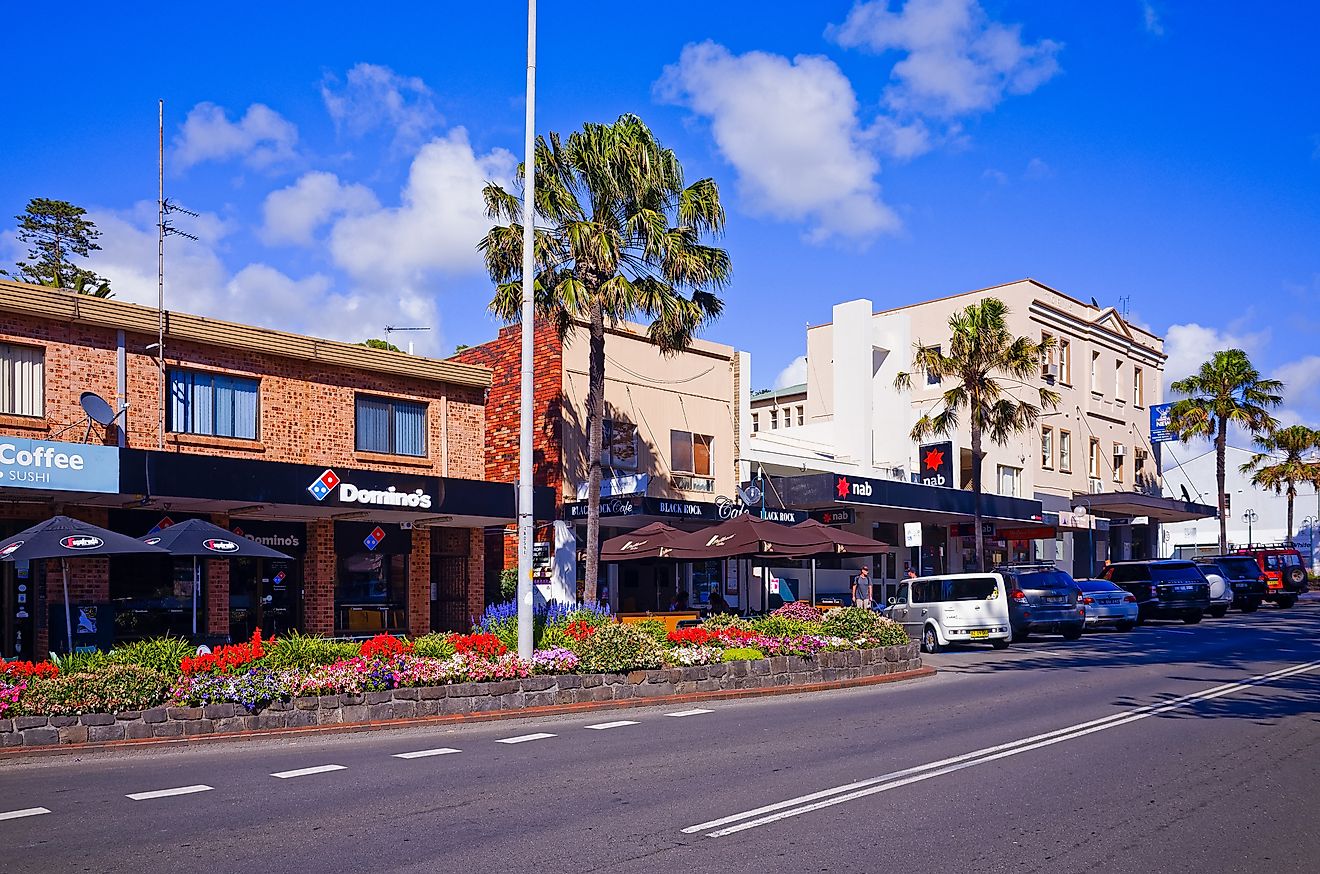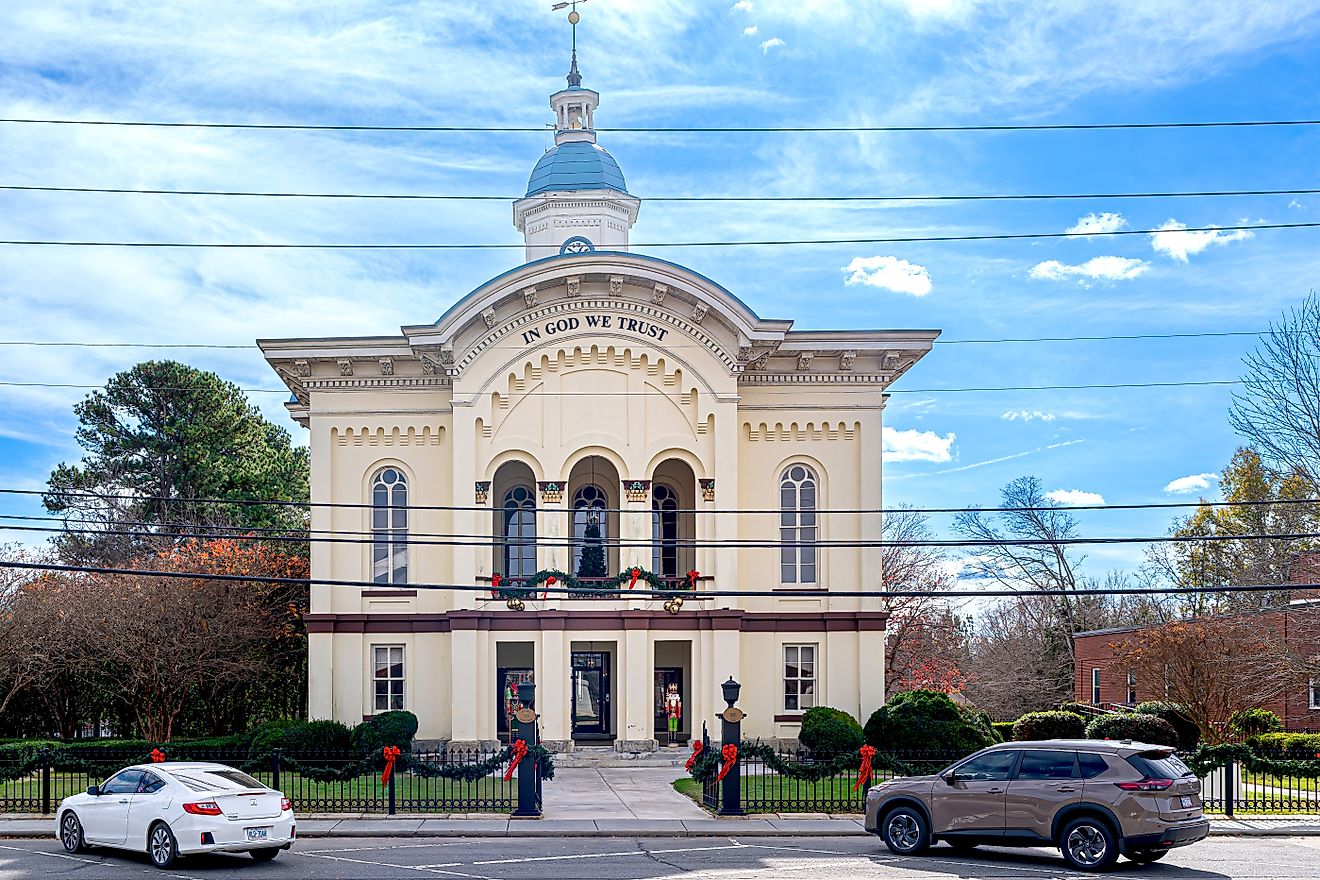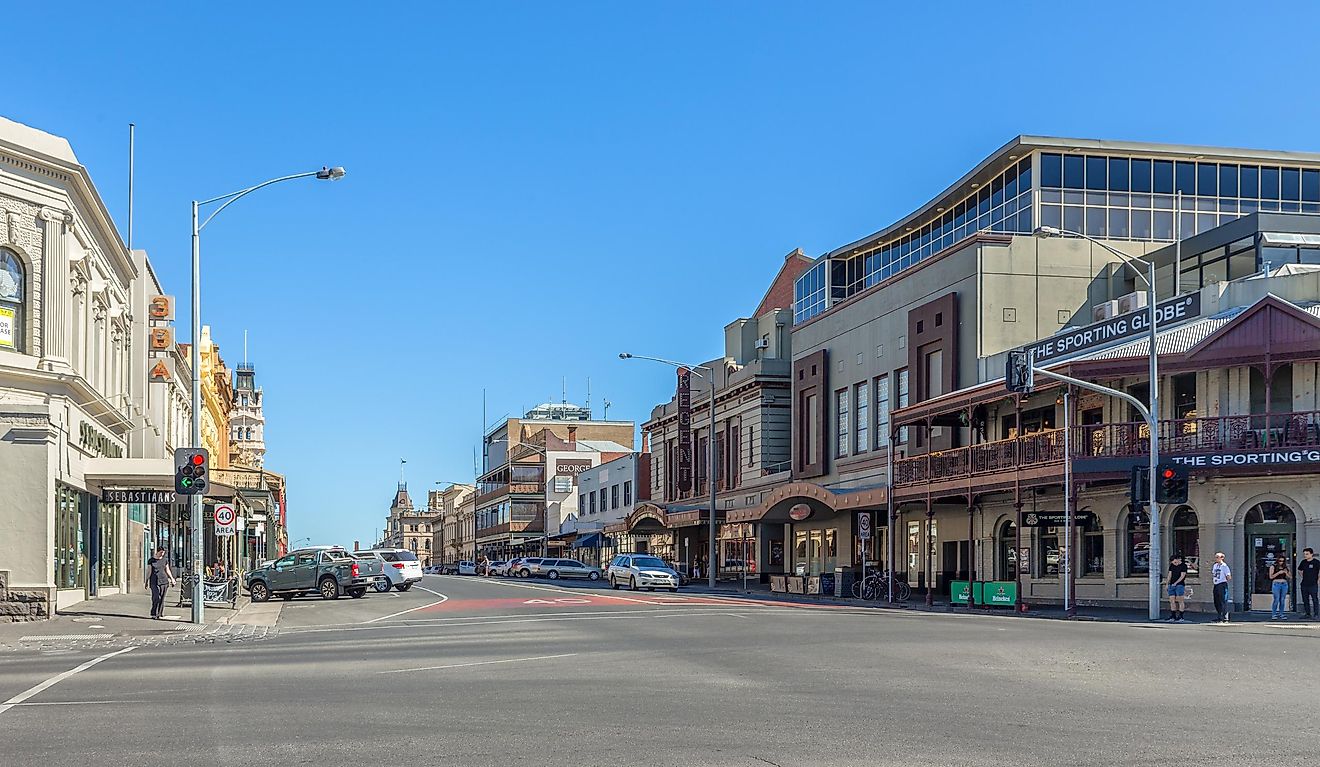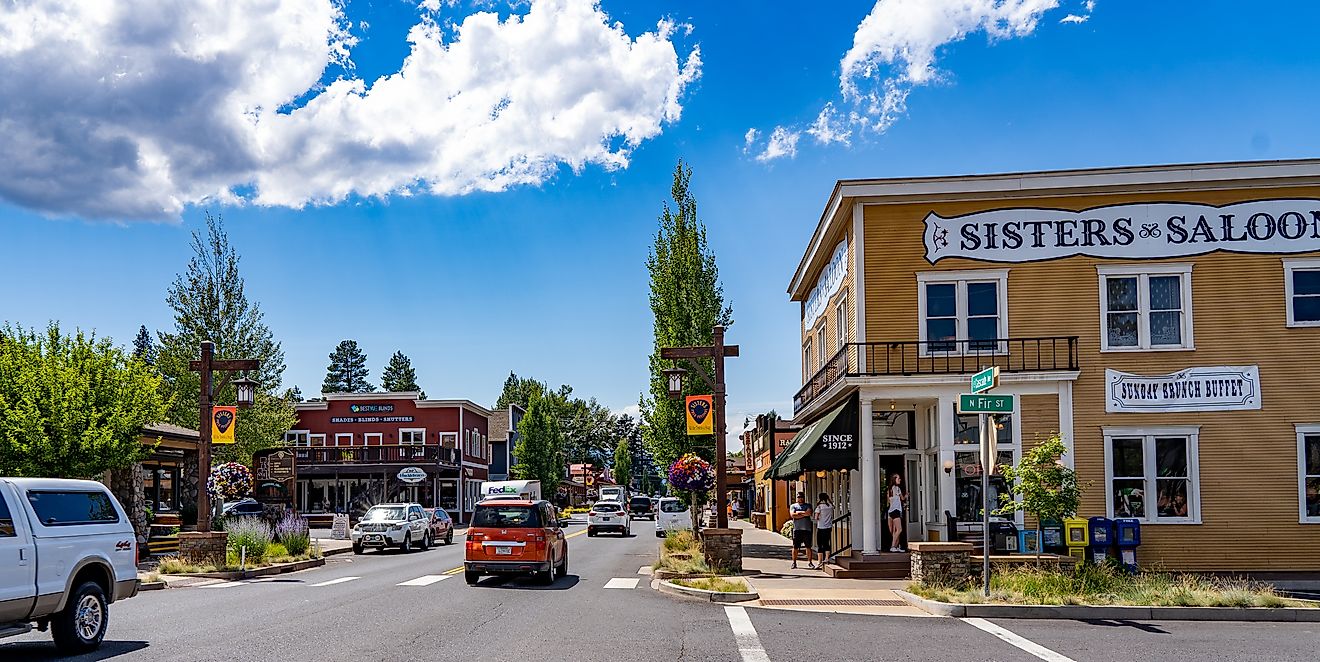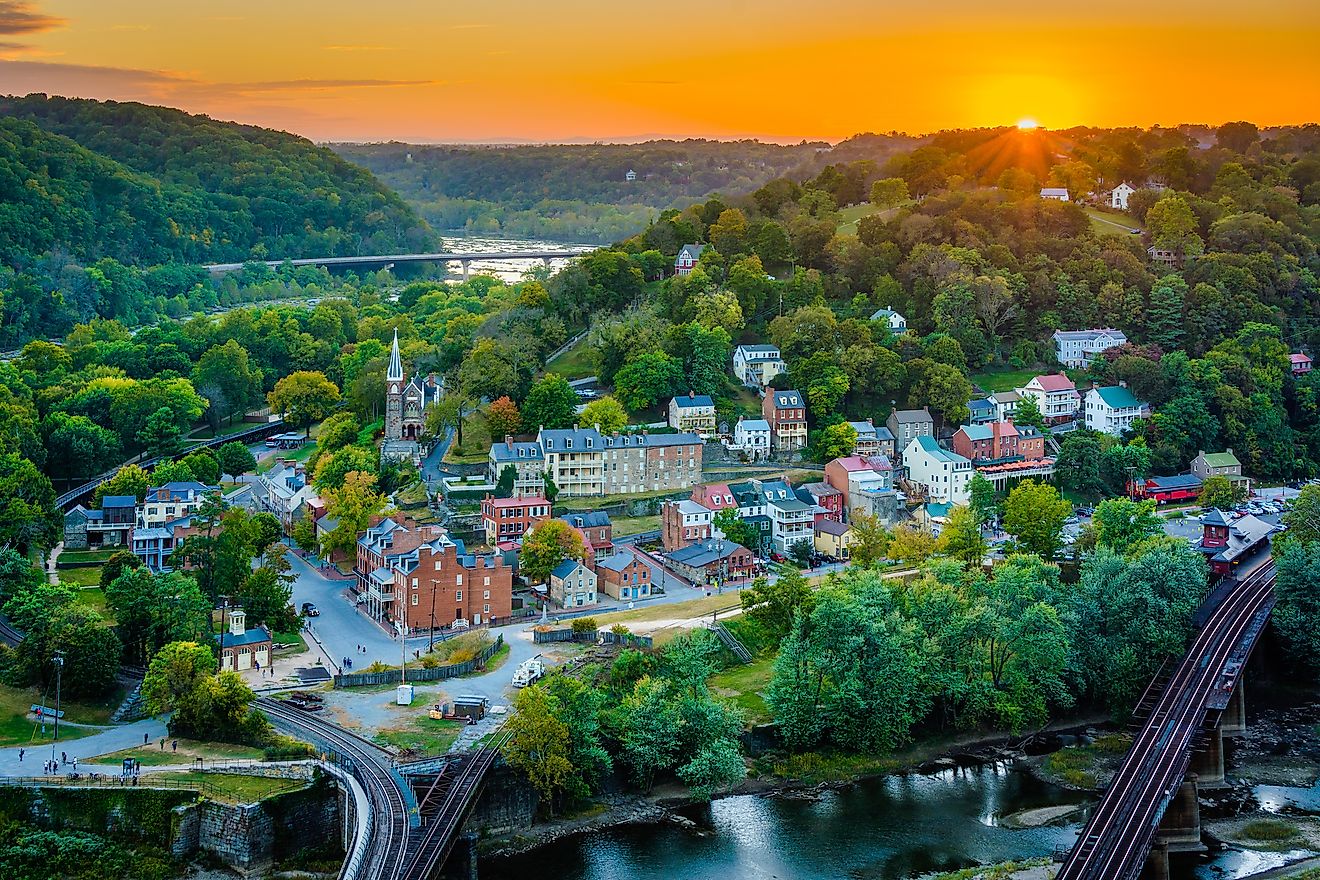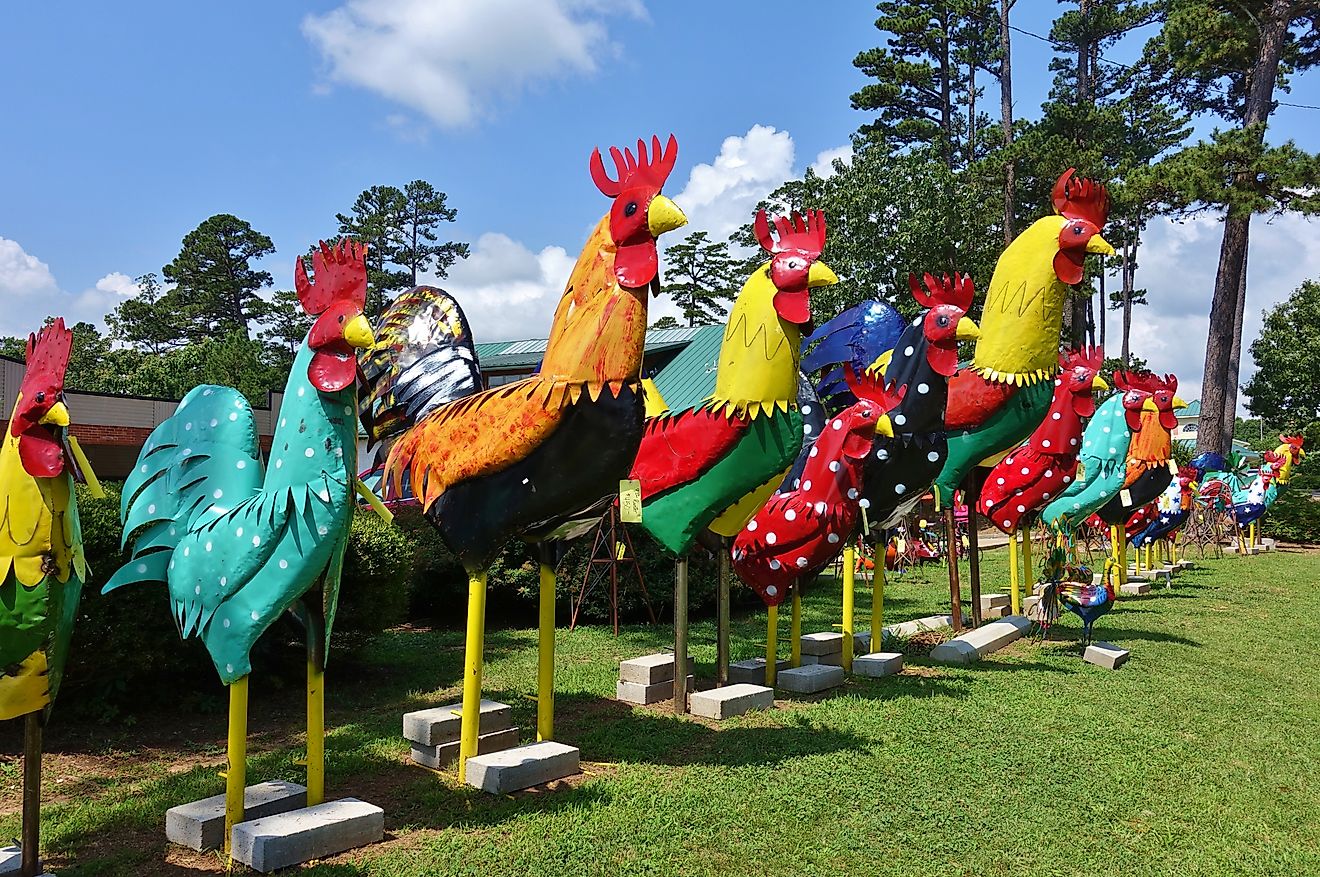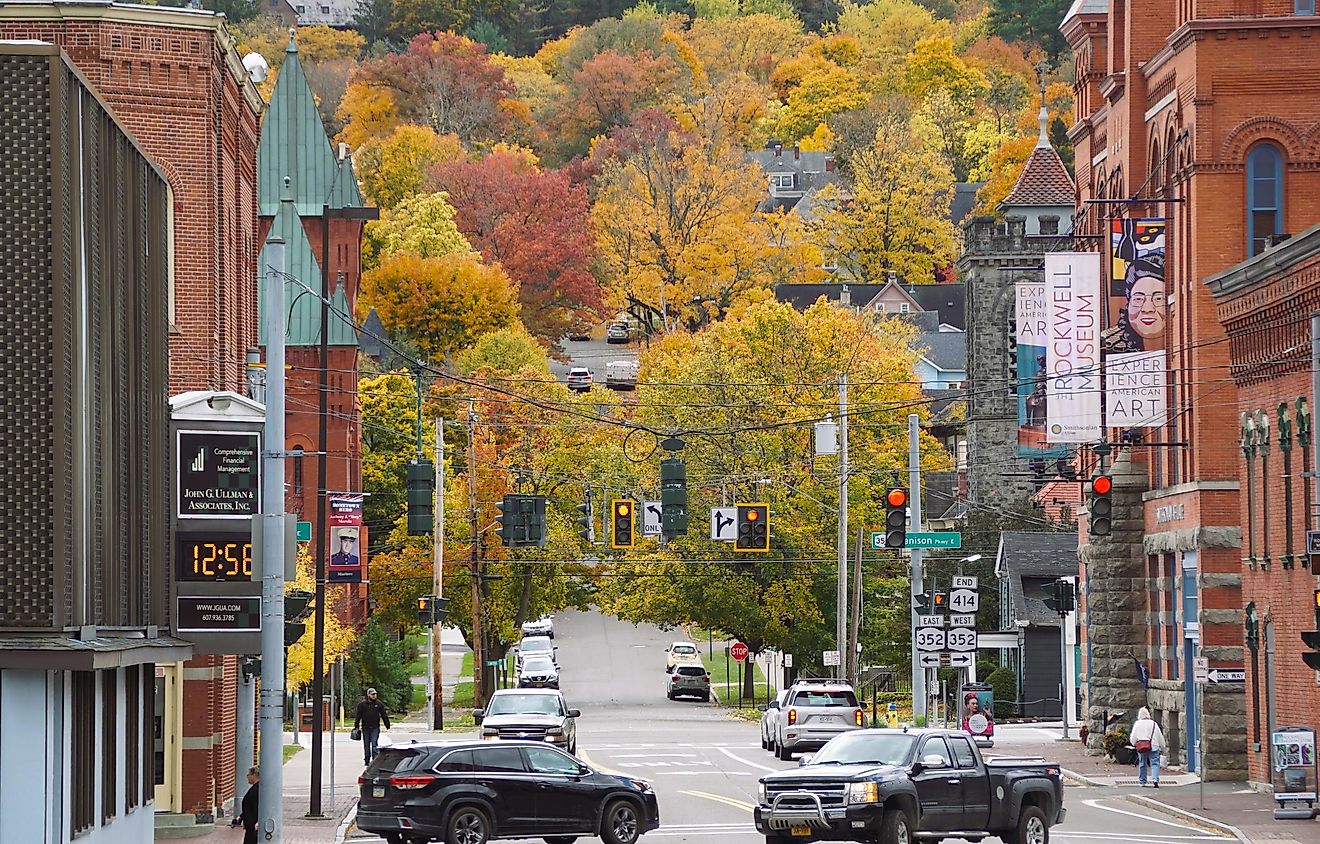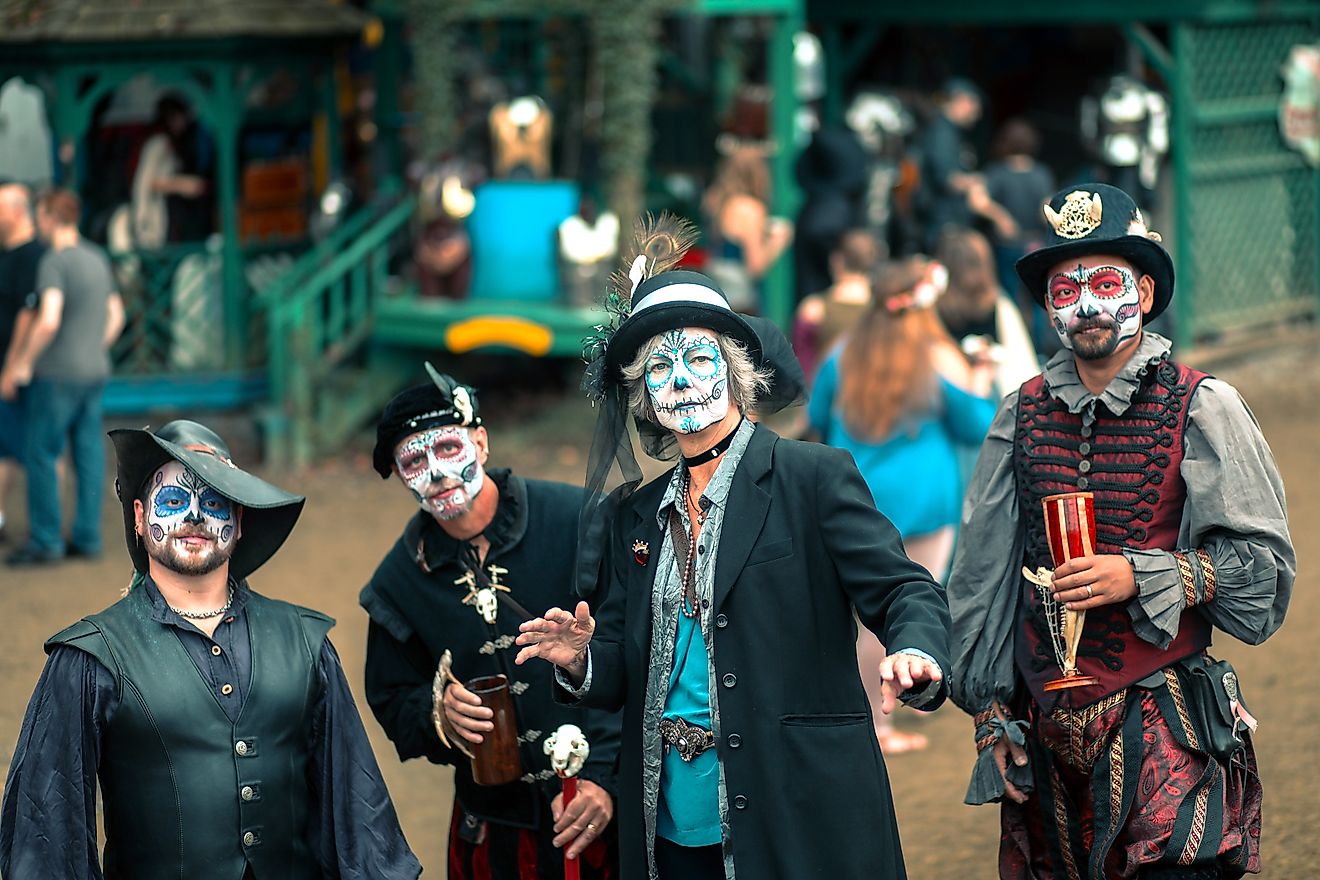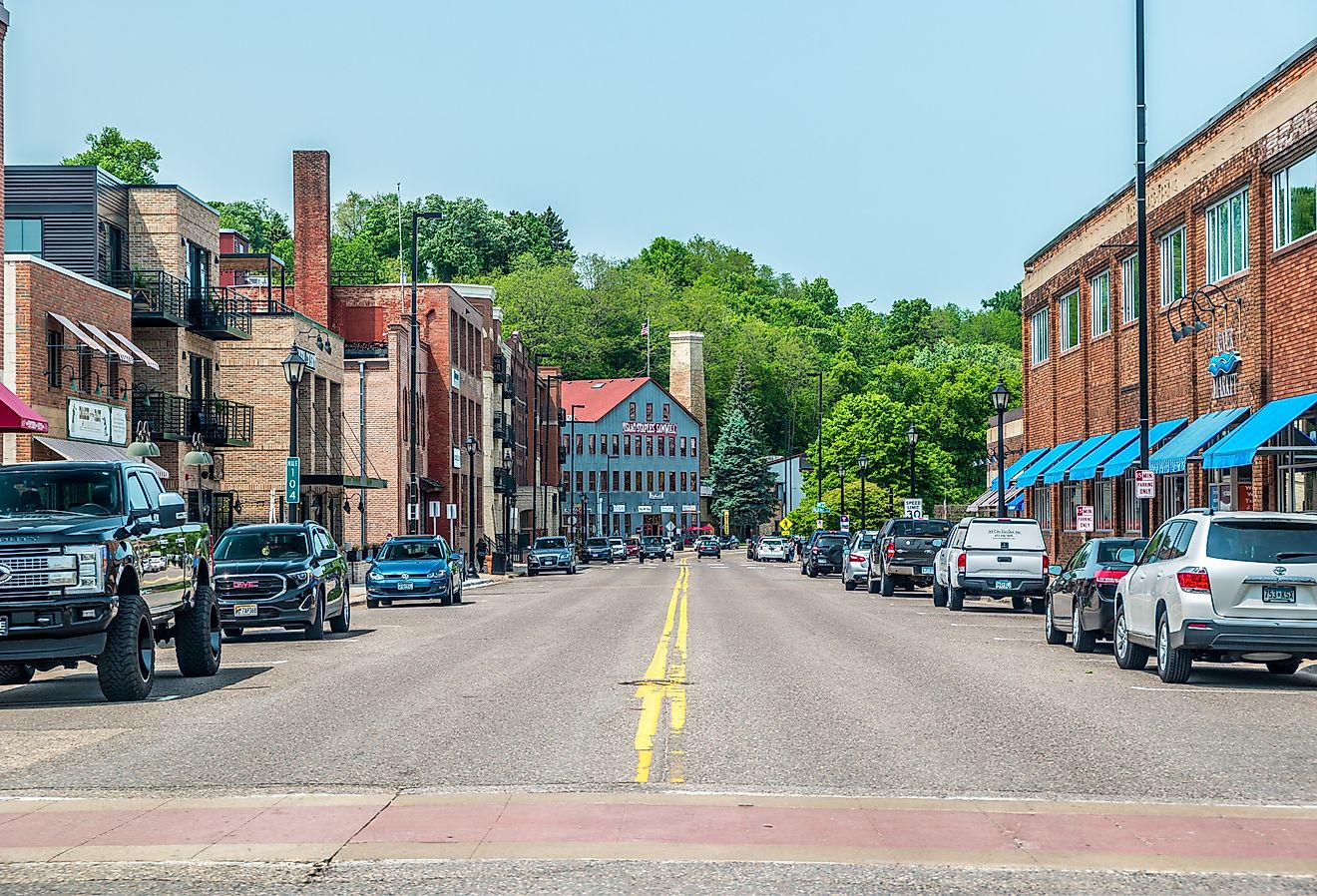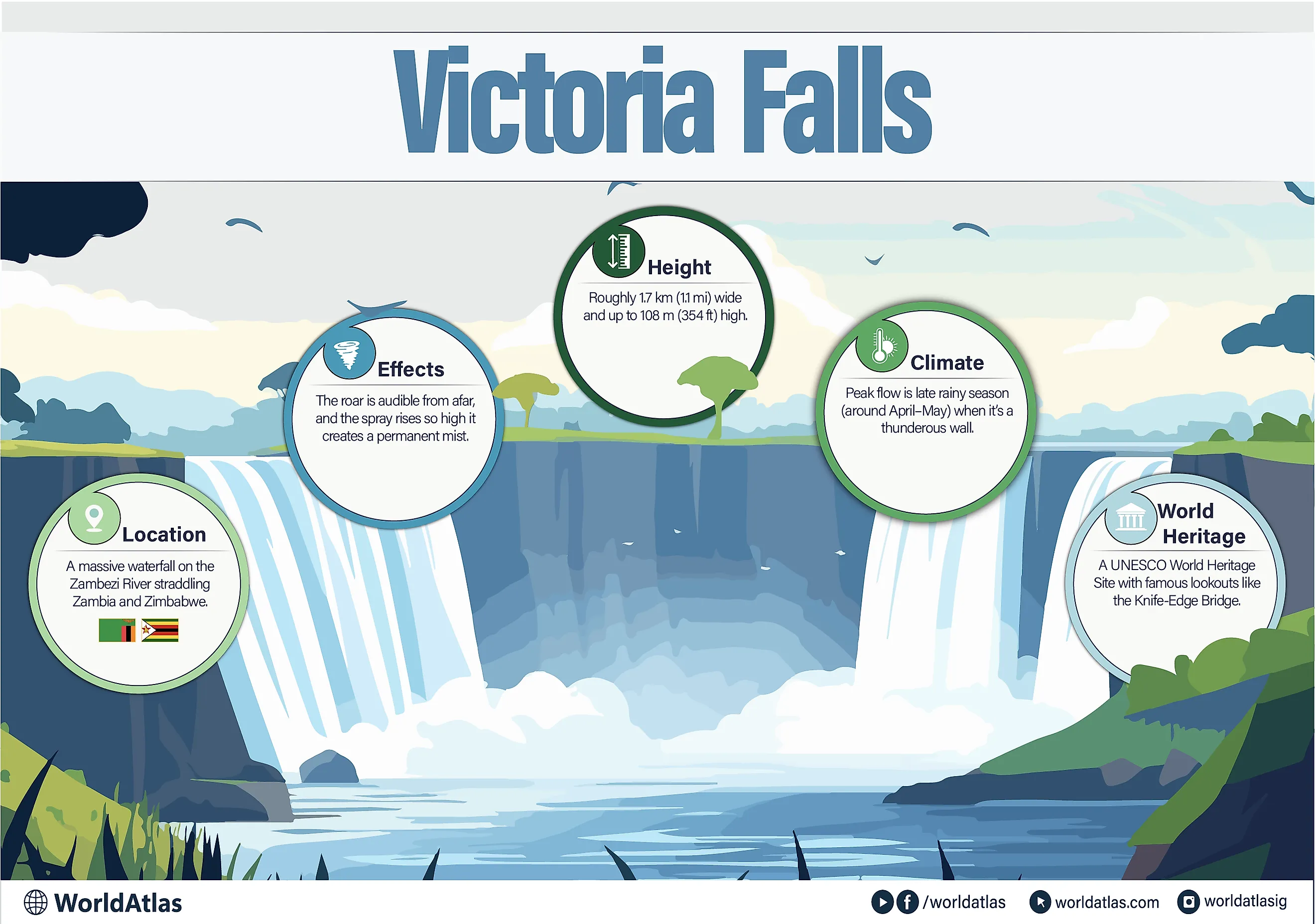
Victoria Falls
Also referred to as Mosi-oa-Tunya (“The Smoke That Thunders”) in the native Sesotho language, Victoria Falls is one of the largest waterfalls in the world that is situated about midway on the course of the Zambezi River along the boundary between Zambia and Zimbabwe in southern Africa. It is to be noted that the Victoria Falls is the world’s “largest” waterfall and not the “tallest” nor the “widest” falls. This spectacular waterfall is also considered one of the 7 natural wonders of the world.
Geography
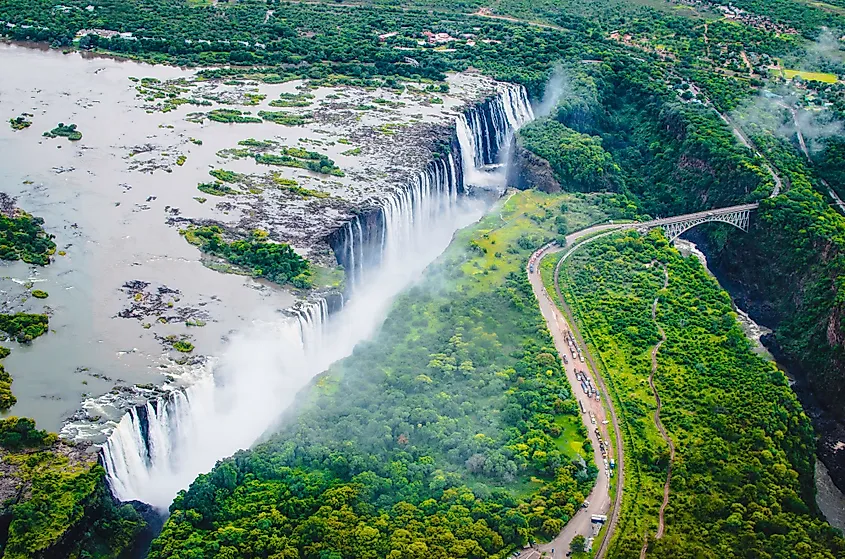
The Victoria Falls have a combined width of 1,708m and a height of 108m, making it the largest sheet of falling water in the world. The Falls are approximately twice as wide and twice as deep compared to the Niagara Falls. At upstream from the falls, the Zambezi River flows in a shallow valley over a sheet of basalt and is bounded on both sides by low sandstone hills. Throughout its course, the river contains numerous tree-covered islands. The falls are formed at the place where the full width of the river falls in a single vertical drop, dispensing about 935 cubic meters of water per second into a 108m abyss. The depth of this abyss known as the First Gorge varies from 80m to 108m. The waters of the Zambezi River leave through the 110m wide exit of the First Gorge and enters a series of gorges: Second Gorge, Third Gorge, Fourth Gorge, Fifth Gorge, and Songwe Gorge.
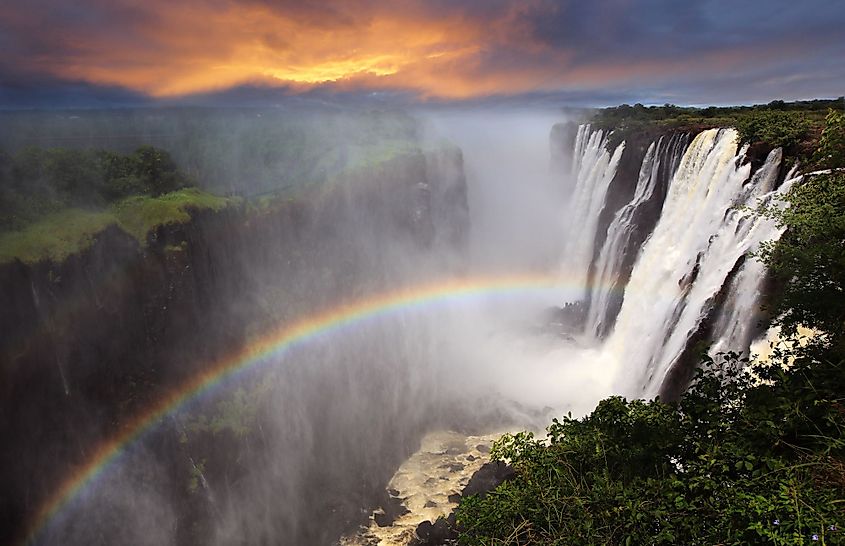
The Boaruka Island and Livingstone Island on the crest of the falls divide the sheet of water during full floods. During fewer floods, the additional islets divide the sheet of water into different parallel streams such as the Eastern Cataract, the Main Falls, the Rainbow Falls, and the Devil’s Cataract. The Zambezi River experiences a wet season from late November to the beginning of April and a dry season during the remaining part of the year. During the rainy season, the waterfall is at its maximum flow and creates a thundering roar which forms a veil of mist. The waterfall declines to its minimum flow during the dry season. Several studies have revealed that there has been a severe variation in the flow of water at different times of the year along with a significant drop in the water flow especially during September to December. The National Geographic in 2020, had declared that the natural existence of Victoria Falls was at a serious threat from the extreme climatic conditions.
Ecology
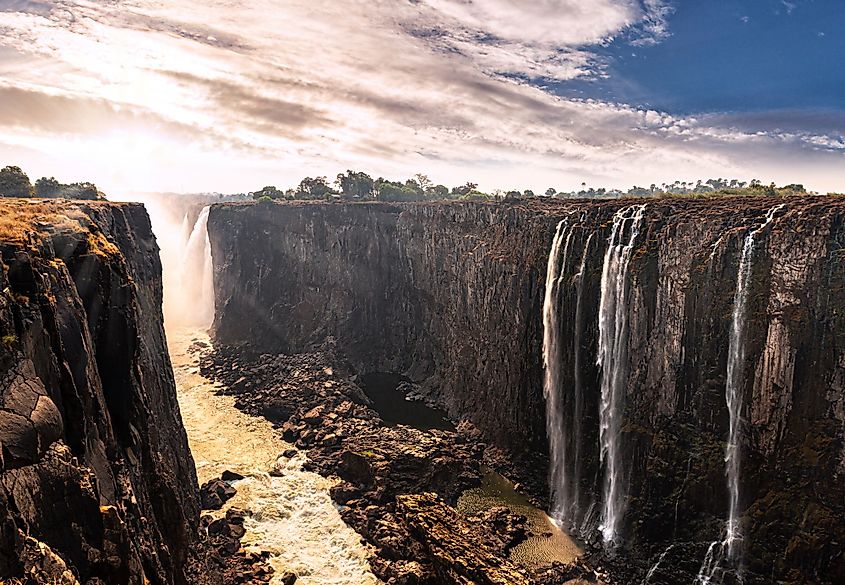
Several national parks such as the Mosi-oa-Tunya National Park, Victoria Falls National Park, Kazuma Pan National Park, Hwange National Park, and Matetsi Safari Area are located in and around Victoria Falls. The area contains a wide variety of habitats like Rhodesian teak woodland, miombo woodland, scrubland savannah, and mopane woodland savannah. The banks and the islands above the falls are lined by riverine forests containing palm trees. A rainforest located immediately next to the waterfall is nourished by its extensive sprays and contains many notable plants like ivory palm, wild date palm, ebony, pod mahogany, etc. The national parks surrounding the waterfall contain several wild animals including Cape buffalo, African leopards, Vervet monkeys, African bush elephants, South African cheetah, giraffe, baboons, Grant’s zebra, antelopes, etc. Many avian species like the black eagle, augur buzzard, peregrine falcon, Taita falcon, fish eagles, waterfowl, herons, etc. are found here. A large number of Crocodiles, hippopotamus, and 84 species of fish are found in the river above the falls, while the river below the falls supports about 39 fish species.
Brief History
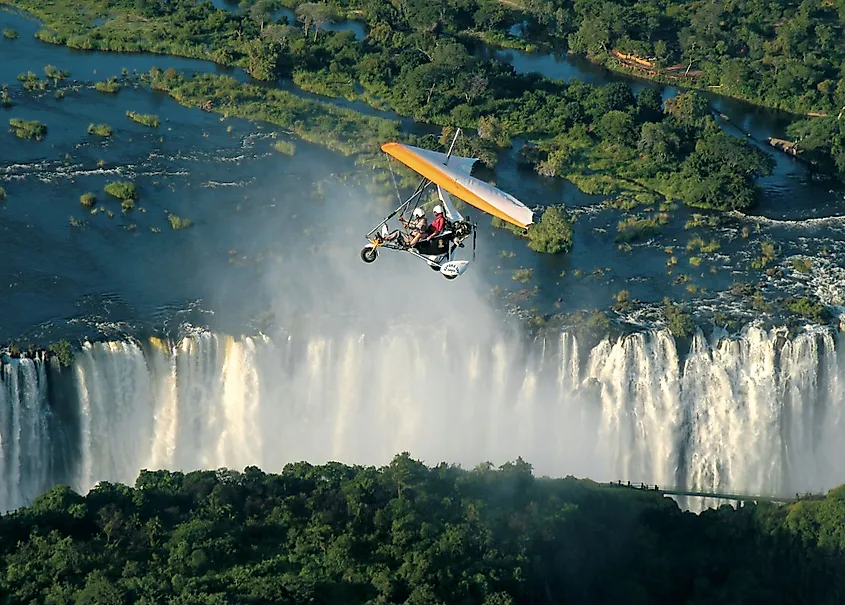
Geological studies have revealed that the sheet of basalt over which the Zambezi River flows dates back to the Jurassic Era about 200 million years ago. Various stone artifacts belonging to the Early Stone Age and the Middle Stone Age have been excavated from the archaeological sites around Victoria Falls. On November 16, 1855, the Scottish missionary and explorer David Livingstone became the first European to witness the falls which he named “Victoria Falls” in the honor of Queen Victoria, the then reigning monarch of the United Kingdom. From 1900 onwards, several European settlements were established around the Victoria Falls area. The British South African Company started their rule in the north of the Zambezi River. By 1904, tourists started visiting the Victoria Falls area and it has been recorded that by the end of the 1990s, about 400,000 tourists annually visited Victoria Falls. The area was also the site of the Rhodesian Bush War in 1972, which led to the stopping of border crossings by Zambia. The borders were only reopened in 1980 after the independence of Zimbabwe. The Victoria Falls offers many recreational activities for the tourists including kayaking, whitewater rafting, game fishing, horse riding, bungee jumping, helicopter tours, etc. In 1989, Victoria Falls was declared as a World Heritage Site by UNESCO.
